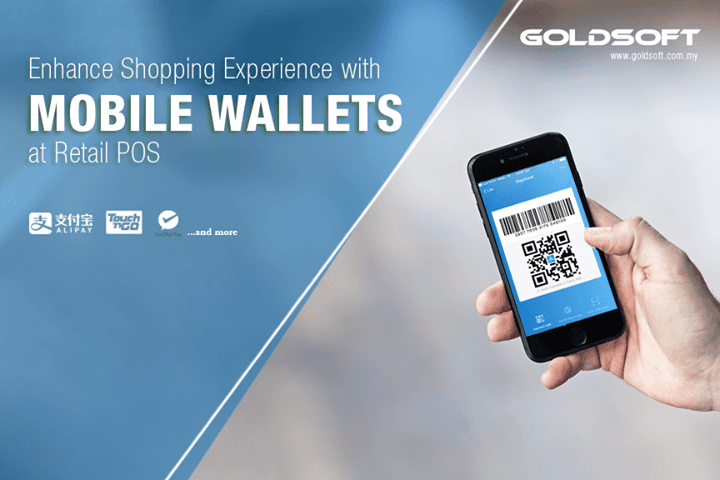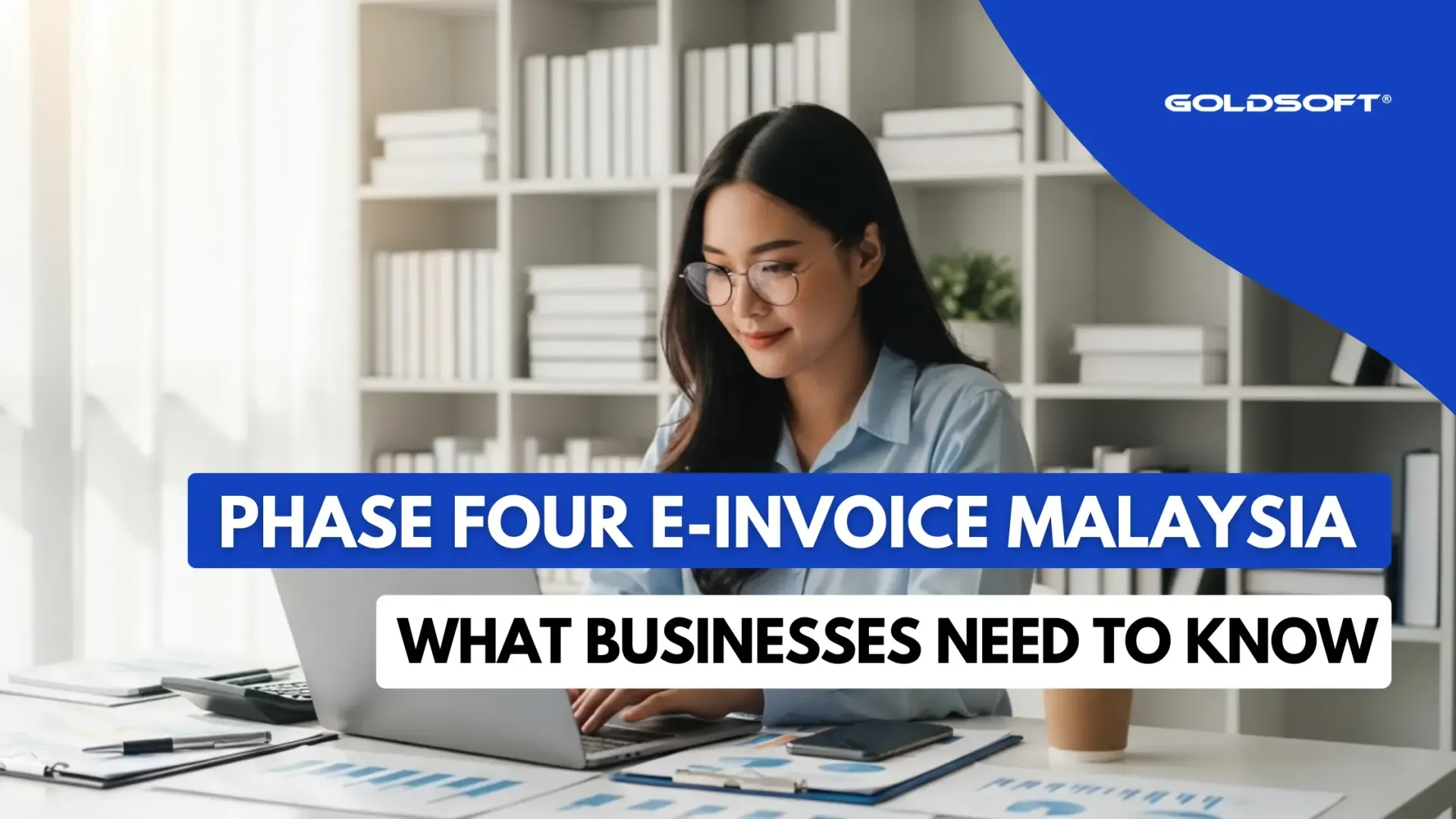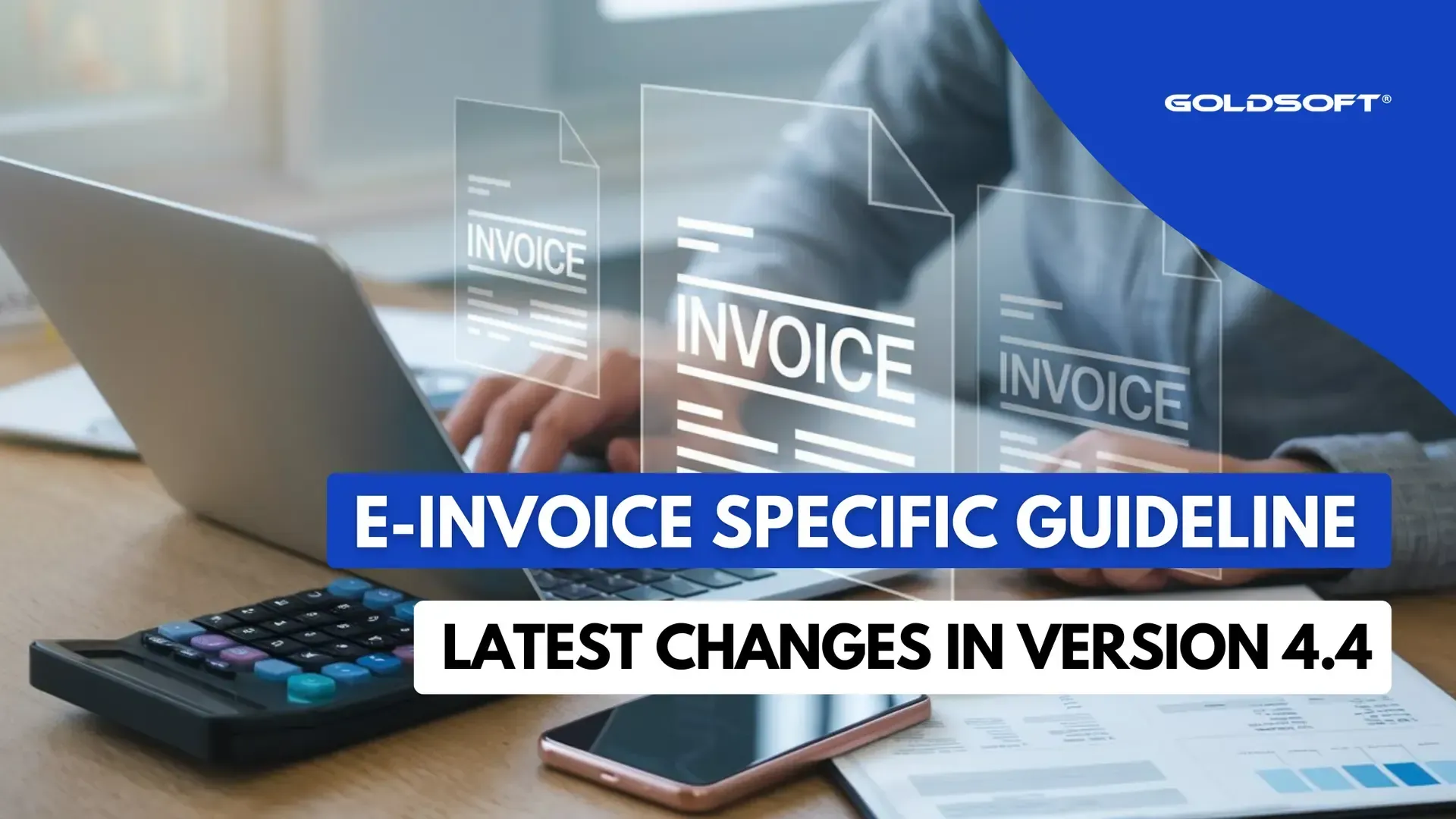4 Benefits of Accepting Mobile Wallets at Your Retail Shop
Goldsoft Marketing • February 7, 2018
With increasing e-commerce and online shopping activities, cashless payment or electronic payment has gradually become more important as compared to conventional payment such as cash and cheque. Here are 4 key benefits of accepting mobile wallets at your retail shops.
1. Attract Chinese Tourists
Alipay has over 450 million active users and increasing number of Chinese tourists travel to Malaysia. If your retail shop accepts Alipay payment, you can attract more Chinese shoppers and allows them to pay for their transactions in yuan without concern about exchange rates.
2. Faster Check Out
Cashless payment in Malaysia is on the rise, like Alipay, WeChatPay, SamsungPay, CIMBPay and MaybankPay offers not just convenience and a more secure way to pay, but also provide consumers with more options. Adoption of cashless payments has also boost retailers business performance like faster check out.
3. Reduce Theft Cases
Cashless payment offers greater security with lower transaction cost. Less cases of theft among employees or cashiers in the shops and lower risk inaccidental loss of money; supervisor alsono longer have to haul cash to the bank after business hours.
4. More Customer Data
Retailers can analyse all aspects of cashless spending for example who buys what product and when they buy, what they spend. Customers also need not to carry extra loyalty cards except their mobile phone. Retailers can register consumers using their mobile number and all the loyalty coupons can be tracked at fingertips.
Share
Recent Articles






